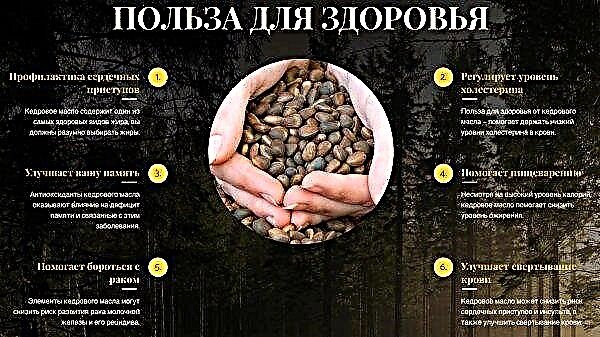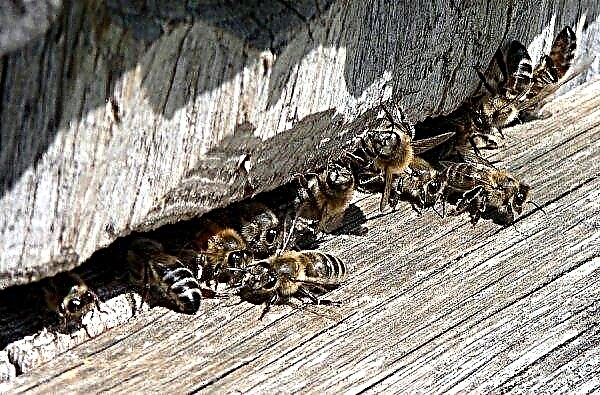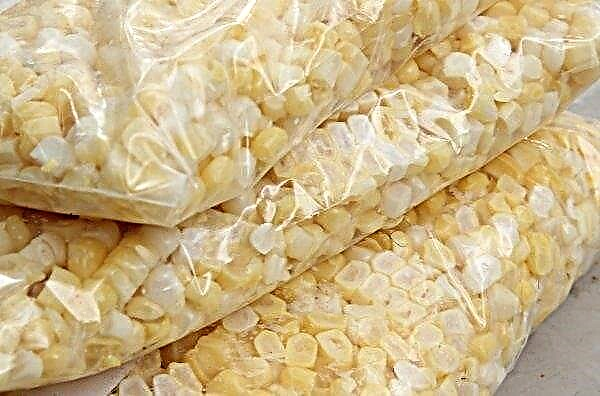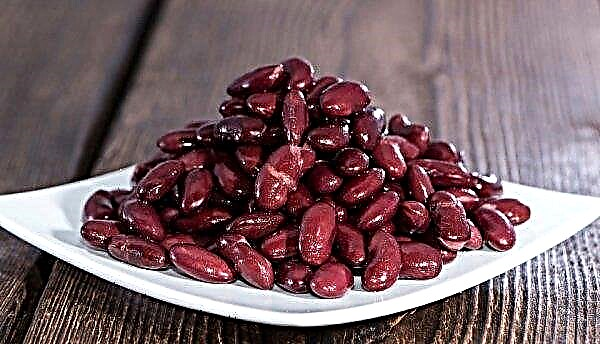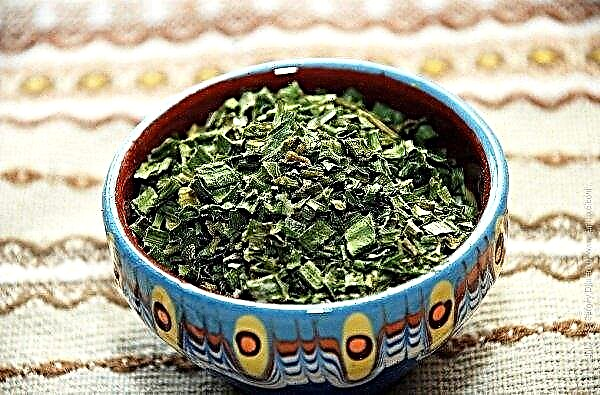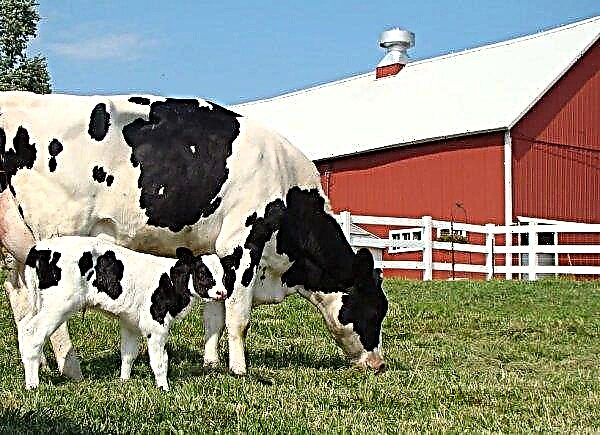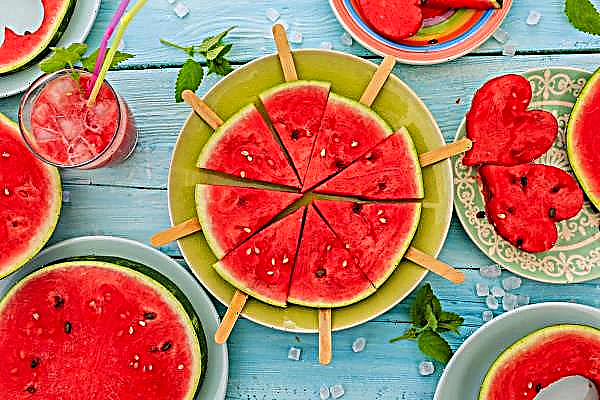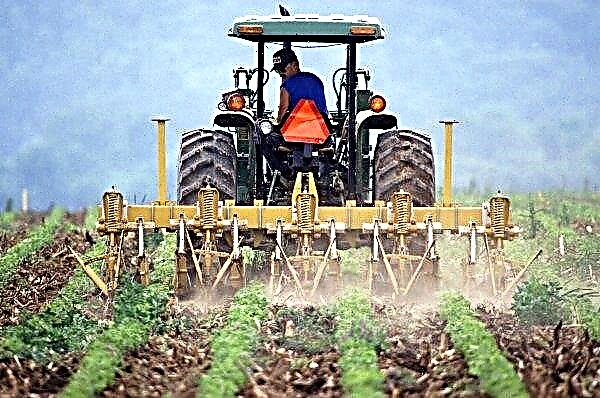Taste qualities and ease in growing potatoes of the Impala variety do not leave indifferent neither summer residents, nor the owners of personal plots, nor farmers. From the article you will learn how to grow such a variety, and what kind of culture requires care.
History of selection and distribution
The variety was bred in the early 1990s in the Netherlands. It was officially registered in Russia in 1995, in Ukraine and Belarus in 2000.
On the territory of the Russian Federation, it is allowed to cultivate in four regions:
- Volga-Vyatka (Chuvashia, Mari-El, Udmurtia, Perm Territory, Sverdlovsk, Kirov and Nizhny Novgorod regions);
- Central (Moscow, Tula, Ryazan, Bryansk, Kaluga, Ivanovo, Smolensk, Vladimir regions);
- Lower Volga (Kalmykia, Volgograd, Saratov and Astrakhan regions);
- Northwest (Leningrad, Kaliningrad, Novgorod, Yaroslavl, Pskov, Tver regions).
Important! Often the root crops of this plant are popularly called the “Kubanka” or “Crimean”.
Description and characteristics of the variety
The Impala variety can be called one of the best types of potatoes - it is premature, but fruitful, has a beautiful appearance and excellent taste. For a short period since the beginning of its cultivation in Russia, he rightfully earned good marks as gardeners and professional farmers.
Appearance and taste
Impala has tall bushes (up to 75 cm), covered with thick uneven leaves of medium size and pronounced green color. The bush consists of 4-5 stems and blooms in inflorescences with white flowers.
The tubers are elongated, oval, light yellow in color, have a thin dense peel with small and shallow eyes. The mass of one root crop reaches 150 grams, and the starch content is low - up to 15%. The pulp has a pale yellow or cream tint.
The view is a dining room, and its nutritional characteristics are estimated by experts at the level of 4 out of 5 possible. Suitable for any type of processing - cooking, frying, baking.
Ripening dates and productivity
The yield of the variety is 16–20 tubers from the bush and up to 600 centners per hectare. The rate of keeping quality is high - up to 98%. Given that this is an early variety that can bear fruit twice a season, such stubbornness is an exceptional characteristic.
The fruits reach commercial maturity during August, but they can also be dug 10-15 days earlier. Ripening period is 55–70 days. To obtain a second crop, a bush with ripened fruits is carefully dug up, the fruits are removed, and the plant is again placed in the hole, watered and dripped. Thus, you can get another 150-200 centners per hectare.
Pros and cons of the variety
- Positive characteristics include the following indicators:
- precocity
- productivity;
- resistance to waterlogging and drought;
- beautiful quality fruits;
- high storability;
- tolerates transportation well;
- the opportunity to get two crops per season.
- Impala has a few drawbacks, but they are:
- poor susceptibility to cool soil;
- average immunity to late blight, leaf curl, scab.
Planting and growing varieties
To cultivate the variety, you do not need any tricks; just follow the order of planting and processing potatoes.
Did you know? In order to popularize potatoes in France in the 18th century, the agronomist Antoine-Auguste Parmentier specially organized the careful protection of the field with this crop, removing the guard overnight. People began to steal tubers and try what is so strictly guarded from them.
Optimal landing times
As mentioned above, this type of potato can please its owners with two crops during the warm season. In addition, it is an early variety. Therefore, planting dates can vary - for conventional cultivation and harvesting, material is planted in late April or early May. If it was decided to achieve two crops, then it is better to plant tubers in late March or early April under agrofibre.
Crop rotation rules
It is necessary to plant potatoes on those beds where such plants previously grew:
- representatives of the legume family;
- winter crops;
- representatives of the cruciferous family;
- perennial herbaceous plants.
Important! After representatives of the solanaceous family (tomato, pepper, eggplant), potatoes cannot be planted in the same area.
Soil requirements
Light and medium soils are suitable for Impala, promote growth. There are no special requirements for agricultural technology, since the variety is unpretentious and grows rapidly. Loosening the soil and hilling are useful for plants.
Preparing planting material
As for the need to germinate this type of potato before planting, there are two opposing opinions. Some potato growers consider it right to sprout planting material in advance. Studies have shown that it really speeds up the formation of young tubers. Others argue that there is a high risk of injury to the sprouts when transported to the field or when planting - in this case, germination will begin from scratch already in the ground.
Before planting, you can treat the tubers with chemicals. But that can change their future taste. It is better to treat with potassium permanganate - a traditional tool for preparing seeds for planting. Good results are obtained by immersing the box with the sprouted planting material in a container with a solution of potassium permanganate (1 g of potassium permanganate per 8-10 liters of water) for half an hour, followed by dusting the fruits with wood ash.
Landing technology
Potatoes are planted in the soil dug up and cleared of garbage and weeds. Wells are prepared with a depth of 10 cm every 30–35 cm, the distance between the rows is about 60 cm. A pinch of nitrogen fertilizers is added to each well. The thickness of the earth above the tubers should be 6-8 cm.
It is desirable to equip the beds in a direction from north to south - then each bush will receive the same amount of sunlight, and all plants on the plantation will develop evenly.
Did you know? When Peter I brought potatoes to Russia and sent them to the governors for cultivation, many of them grew a strange plant in pots and tasted its berries. Having suffered from stomach pain from poisoning, regional leaders for a long time put aside the idea of cultivating potatoes.
Features of potato care after planting
Impala is drought tolerant, but should be watered in dry summers. This is done 2-3 times during the growth of bushes - 40 liters of water are used per 1 m² of plantings. Watering is carried out between the rows and under the base of the plant so that the drops do not fall on the leaves and flowers.
Potato is recommended for weeding. Between the beds, this is done with a hoe, and weeds that have grown close to the stems must be removed manually. Loosening and hilling affect the development of the aboveground and underground parts of the plant. As determined by specialists, potato growers, the correct implementation of agricultural measures can increase the yield by 25%.
Pests and diseases of the variety
Protection from one of the main diseases of garden plants - late blight - is early precocity. The disease does not have time to spread from the tops to the roots. The tops can be sprayed with Fitosporin. Impala is also resistant to diseases such as golden nematode, common scab and potato cancer.
But to scab powder and rhizoctoniasis, resistance is weak or medium.
From these diseases, preventive measures should be taken:
- compliance with crop rotation rules;
- visual inspection of planting material;
- removal of affected shoots before planting
- landing in the soil warmed up by the sun;
- the introduction of optimal doses of fertilizers.
The main pest of potatoes is the Colorado potato beetle, which eats the plant, regardless of variety. The fight against him is carried out both by folk remedies (decoction of onion peels), and by new generation chemical preparations (Aktara, Aktellik, Colorado).
Harvesting and storage
You can harvest Impala twice a season. The first harvest is used as food - young potatoes. The second crop or the only one (with single-crop cultivation) is well preserved. The dense peel of the potato resists damage.
Tubers are stored in a cool, dry basement in wooden or plastic crates, in bulk in piles with a dry wooden or crushed stone bottom. With such storage, the fruits can not only winter well, but also retain their appearance and taste until next summer. In cold weather, the storage location should be covered with a dense natural fabric.
Video: Impala Potato Harvesting
Impala is a unique potato variety that combines several qualities - high yield, excellent stamina, strength, resistance to many diseases and good taste. For this he is loved and often cultivated by gardeners and farmers.

